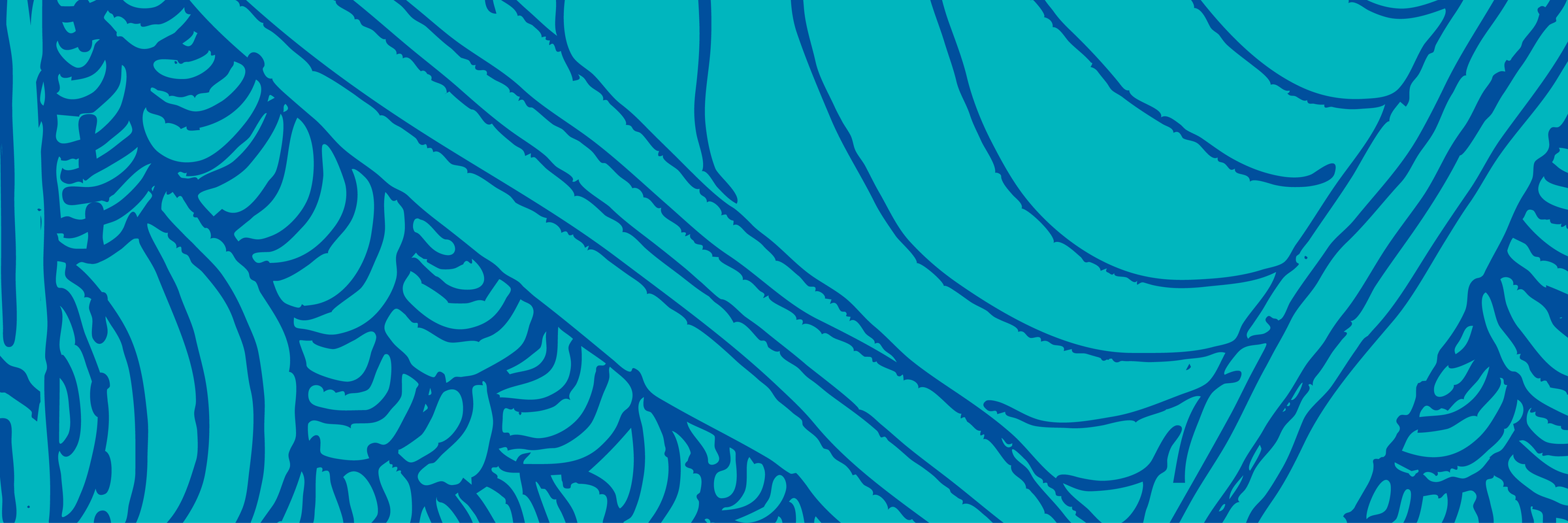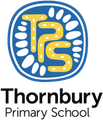Language and Culture

Kii, Deadly TPS community, biladu-njan wat (how are you all)? And in the words of my Yawuru language...Ngaji gurrjin (Hello everyone)!
This term, the vocabulary focus for all students has been on learning body part nouns. The Foundation classes begin with learning the Woiwurrung version of ‘Heads, Shoulders, Knees & Feet’ which includes 8 nouns. We add another verse for each composite level with Year 1-2 classes learning 16 nouns, Year 3-4s learning 24, and Year 5-6s learning a total of 32 body part nouns. The recording below is of the FS students singing with me:
Gawang, bagarru, barring, djinang, barring, djinang
(heads, shoulders, knees and feet/toes)
Gawang, bagarru, barring, djinang, barring, djinang
Ba…mirring, wirring, wurrung, gang
(and…eyes, ears, mouth, nose)
Gawang, bagarru, barring, djinang, barring, djinang
Foundation students are also learning the ‘Numbers 1-5 Song’. The recording below is of the FA students singing it on their own:
Ganbu 1
Bindjirru 2
Bindjirru ganbu 3
Ganbu 1
Bindjirru 2
Bindjirru ganbu 3
Ganbu 1
Bindjirru 2
Bindjirru ganbu 3
Bindjirru ba bindjirru 4
Marnang 5
This term, students in 1-6 have also been learning/reviewing more about these Wurundjeri seasons:
Wundabil Tadul Marguk – Thunderstorm and Rug-Sewing Season
When: Mid-March to Early-Mid April
Weather conditions:
- High west winds
- Electrical storms
- Temperatures cooling
- Heavy downpours
Wurundjeri seasonal activities:
- Because of the electrical storms and heavy downpours, Wurundjeri
- people would stay close in their wilams (bark shelters).
- It was during this time that the pelts, that were accumulated over the eel and inter-clan business season, would be made into rugs, cloaks, carry bags and other useful implements.
- The rugs, cloaks and bags were often decorated with artwork.
- The decorated leather side of a cloak was worn on the outside, thus giving a waterproof protection, whilst the soft fur side was worn on the inside giving warmth and comfort against the skin.
Birrang Tonimbuk – Morning Mist and Burning Off Season
When: Mid April to Early-Mid May
Weather conditions:
- cool and dry days
- frequent morning burrung (mists)
- gentle gurrinj (winds)
Wurundjeri seasonal activities:
- This cool, dry period was suitable for Wurundjeri people to travel and conduct their ‘firestick farming’ schedules and burning patterns that they would have agreed to in the iuk (eel) and inter clan business season.
- Some areas such as marram (kangaroo) paddocks, myrnong (yam daisy) farms and Songline/walking trails were burnt annually, whilst other areas were burnt on a multiple year cycle. These cycles of burning-off, matched the patterns of plant regeneration in each area.
- These annual, firestick farming schedules meant that some areas were burnt off outside of the cool, dry autumn season as circumstances required – however, burning off was patterned and never random.
- From thousands of years of experience, Aboriginal people knew that Australia was highly fire prone and that it needed extreme care to reduce that risk. Thus, Aboriginal people became masters of ‘cold fires’ and ‘mosaic burning’ throughout the continent, with these activities generally being conducted in the cool, dry autumn period that had morning dew and then gentle winds during the day.
(REF: ‘The Eight Wurundjeri Seasons in Melbourne’, Jim Poulter. This is used as a reference/resource mainly because it provides information about traditional Wurundjeri activities during each of the eight seasons. For teaching and learning purposes, reference is also made to other published seasons like the Melbourne Museum’s ‘The Seven Seasons of the Kulin Nation’).
Stay tuned in to our Dhumbadjirri newsletters for more information about what students are learning in our Language and Culture classes.
Twaganin (Woiwurrung) Galia (Yawuru) (See you later)!
